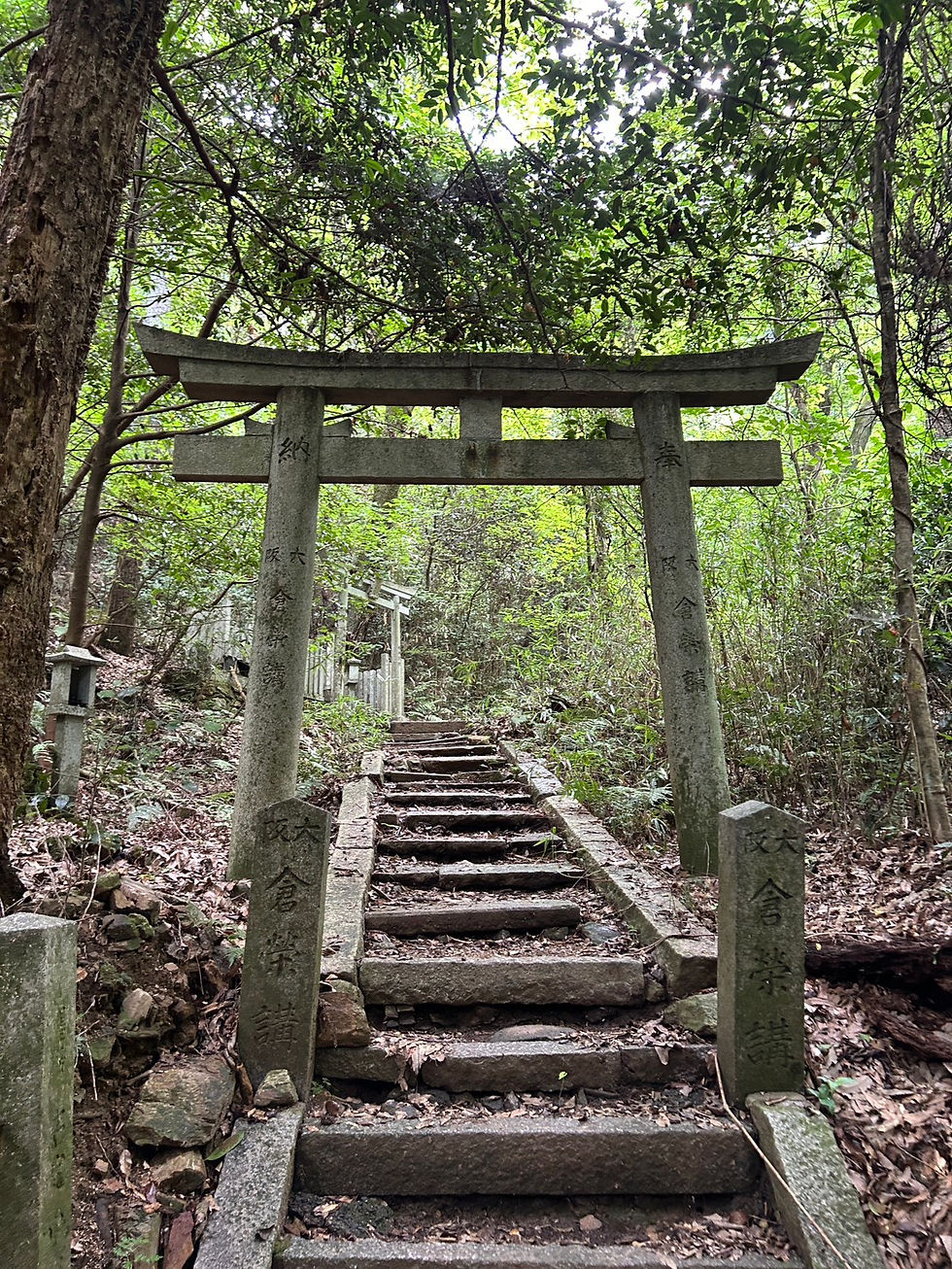The 'Magical' Sago Palm Tree of Gokonomiya-jinja.
- Phillip Jackson

- Oct 16, 2021
- 2 min read
Located in the Fushimi Ward of Kyoto is the Gokonomiya-Jinja Shinto Shrine. The shrine is dedicated to Empress Jingu, the goddess of easy childbirth and was originally called Mimoro-jinja. It was in the 9th century though that it was given the name Gokonomiya (the Fragrant Shrine) by Emperor Seiwa after a spring welled forth on the grounds that was said to carry a wonderful fragrance. The waters were also reported to cure ailments. Today people still collect the water from the shrine and take it home to drink. Pictured below right, the Gokonomiya-jinja spring water.

This famous water can by collected by the main hall of the shrine, the Hon-den, which was constructed in 1605 (sponsored by Tokugawa Ieyasu, the first of the Tokugawa Shoguns, 1603). Other famed historical figures including Toyotomi Hideyoshi and Sakamoto Ryoma are said to have also visited Gokonomiya-jinja. Next to the Hon-den can also be found another intriguing feature, an extremely large and magnificent Japanese Sago Palm Tree (pictured below).
The Japanese sago palm usually grows in the south of Japan and those grown in and around Kyoto are usually wrapped in protective straw belts when the temperature drops in winter. However, and exceptionally, the Gokonomiya-jinja sago palm continues to flower and bear seeds even over the winter without being wrapped. The exact age of the tree is not known, however it is possible that it was planted around the time when the Hon-den hall (main shrine) was constructed in 1605, making the tree over 400 years old.

The tree was registered as a Kyoto City Registered Monument on June 2nd 1986.
So how is it that this tree is able to thrive in weather conditions and temperatures that it usually wouldn't be able to? Could it be the 'magical waters' of the Gokonomiya-jinja spring flowing through its roots? For now this will remain a horticultural mystery!
The Gokonomiya-jinja covers a large area with many interesting historical sites and stories attached to it. It would be easy to spend an hour or so walking around and learning about the background and its connections to other sites and events of the area (some of these already covered by HIDDEN PATHS - Walking Historical Kyoto books and blog, and more to come in the future).
Not too far from Gokonomiya-jinja is the Fushimi Momoyama Castle (picturd below), to read more on this location click the link -https://www.hiddenpathskyoto.com/post/sakura-mornings-around-the-castle

HIDDEN PATHS - Walking Historical Kyoto Volumes 1-4 and Omnibus Edition available in digital and paperback formats from all regions of AMAZON (Japan link below) https://www.amazon.co.jp/s?k=HIDDEN+PATHS+Phillip+Jackson&__mk_ja_JP=%E3%82%AB%E3%82%BF%E3%82%AB%E3%83%8A&ref=nb_sb_noss





Comments